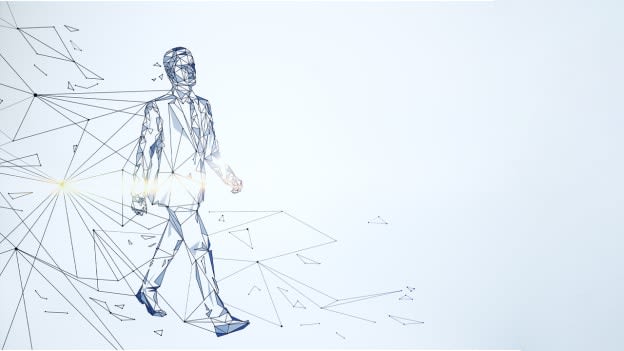Management and mindset: the key to successful digital transformation

In the rush to transform their businesses digitally, many businesses across the Asia Pacific region have found themselves running into unexpected obstacles. And the top three challenges are inter-departmental siloes, poor change management, and legacy processes that do not lend themselves well to new methods, according to Rob Wells, the president of Workday Asia. Speaking at the launch of Workday's IDC Digital Agility Index 2020 earlier this week, he observed that even though 89 percent of C-level executives are now prioritizing digital transformation, they are running into a mismatch between their objectives and their organizations' ability to adapt.
"Successful companies these days are definitely defined by their agility," Wells said, pointing out that based on Workday's findings, the majority of organizations lack an enterprise-wide agile culture and are unprepared for sudden shifts. For example, in 2019, organizational siloes had been an "incredible inhibitor" to digital transformation, and now, amid COVID-19, this is still the case. 60 percent of CHROs are struggling to realign organizational structures or to track the skill sets they need, and 75 percent of CFOs are struggling to revise their financials.
An agile culture is driven by senior management and HR
Tone from the top cannot be overlooked in any major organizational change. Senior management has to keep a firm focus on what is needed, why, and how, and communicate that all the way down through the ranks so that everyone is on the same page. Many issues with cross-departmental collaboration—the main barrier to transformation of any kind—can be resolved if there is sufficient willpower from the top.
At the same time, HR has to drive a culture of flexibility and open communication. Athitaya Phoonwathu, EVP of Human Resources at Bangkok-based microcredit firm Ngern Tid Lor, observed that among Thai businesses, lack of flexibility is a common culprit for not making needed changes, and in fact 57 percent of surveyed companies in Thailand have said they do not have a culture of flexibility.
This is something HR can solve, she suggested: "The role of HR should be to drive the entire culture; you need to open discussion with the top management to walk the talk, to lead the change in the organization."
Create a mindset shift among people
The push from above must be met with a receptive mindset and the ability to execute change among the people in the organization. Frequently, lack of adequate skills becomes an obstacle to digital transformation, and the Workday study does in fact indicate that less than 50 percent of people in surveyed organizations are equipped with the digital skills needed to survive and thrive.
"It's not only about the system, it's also about the mentality of the people within the company," observed CY Chan, Chief Talent & Purpose Officer at Hong Kong Broadband Network. The lack of talent is a common obstacle preventing Hong Kong companies from going digital, he pointed out, but there are still ways around it. Organizations, he said, can either buy the talent, or train it from their own ranks, or simply provide an environment that pushes people to use new systems or even think in new ways.
Even in the current difficult times, when many businesses are resource-strapped, he pointed out that it is still possible to develop people using the ubiquitous free resources available today. And in fact, he suggested, businesses should pursue digitization if they have any capacity to do so at all, simply because it will be useful for the future. "A company without digitization will be a dinosaur sooner or later," he warned.
The real business case: compatibility with partners
Even the slowest and least-equipped companies will eventually have to change, warned Rishi Mehra, CFO of Aon in Asia. The reason is simple: the first companies to adapt and digitize will be the largest corporations, those with the deepest pockets and the most resources. And when they do so, their business partners will have to follow sooner or later just to remain compatible with their systems.
He highlighted some common barriers organizations can expect to encounter, including financial agility: often, cost structures determine how well resourced an organization is, and if a company wants to free up resources for a major push like digital transformation, it will need to quickly change its expenditure on less necessary items—such as business travel, corporate entertainment, or office space during this period. Scenario planning is another: in a time when the situation changes almost daily, multiple backup plans are needed for a variety of scenarios, and companies cannot afford to process these scenarios or plans too slowly.
Ultimately, it is not just individual organizations but entire industries and finally the whole economy that will transform to a new model, and now that COVID-19 has accelerated the process, organizations will have to adapt and keep up, or be left behind.















